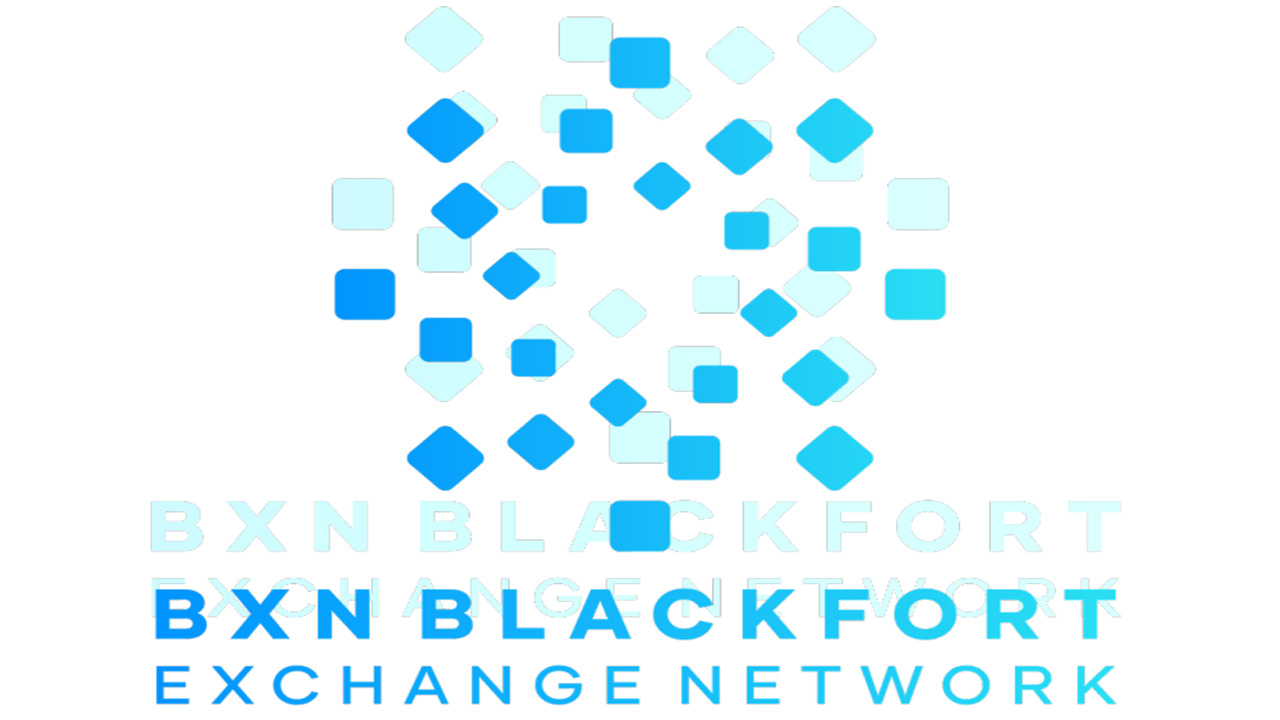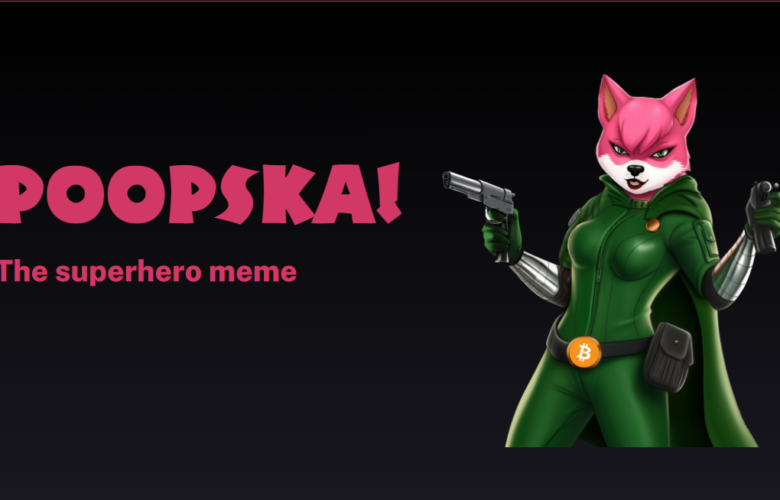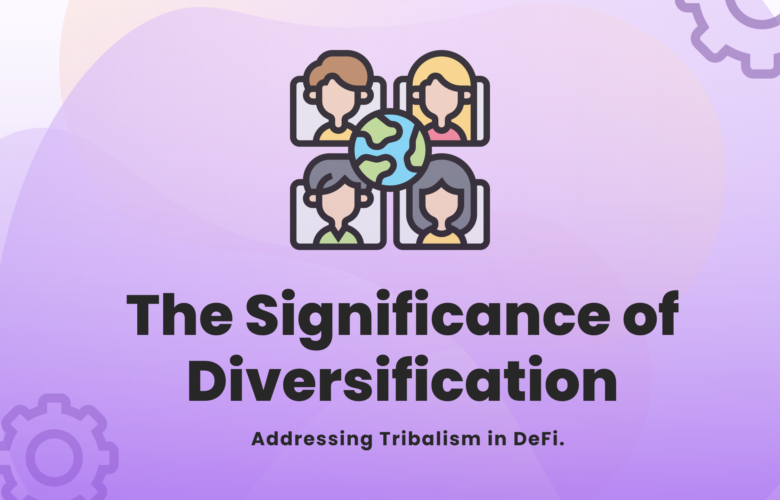BlackFort Exchange Network is planning and maintaining a focus on dependability and high transaction volume at a minimum cost to its customers as its mainnet community debut in June 2022 draws near. The main objective of BlackFort Exchange Network is it’s native decentralized (“dApp”) BlackFort Exchange Network DEX, which has tokenization, high liquidity, reliable backing, a variety of assets, as well as high transaction and execution speeds.
Among the most demanded characteristics of any blockchain are high transaction throughput, quick confirmation times, and minimal costs. Furthermore, having the option to integrate one’s own coins onto such a local blockchain. Moreover, a capability for the inclusion of smart contract governance that could be settled in a rapid and inexpensive coin with high liquidity and dependability is important for any blockchain that seeks to promote mainstream acceptance and tokenization of real-world asset classes and physical items. Every node is an NFT that is delegated or can function as a validator, hence NFT generation and delegation will be a first for BXN. This implies that your artwork is simultaneously creating new BXN coins and serving as its owner’s limited-edition, cherished asset.
Principles
Creating a flexible and extendable network of the Ethereum and Binance chains in order to achieve symbiotic harmony is one of the guiding ideas for the development of the BXN blockchain. It seeks to supplement current blockchains rather than completely replace them. These are BXN’s guiding values:
1. Separate, autonomous, and special Despite running on your current ETH address, BXN is officially an independent blockchain rather than a layer-2 solution. The majority of BXN’s core technological and commercial operations are independent so that it can complement other blockchains and support future cross-chain transfers and interoperability.
2. Ethereum Compatibility: A first functional and extensively used Smart Contract platform is Ethereum. BXN decides to be applicable to the present Ethereum mainnet in order to benefit from the community’s and apps’ relative maturity. This indicates that the majority of dApps, ecosystem components, and toolings will function with BXN and involve zero or minimal changes. BXN nodes will also require minimal and low investment hardware specifications and abilities to run and perform as entry barriers must be as low as possible to ensure a wide-reaching decentralization for the overall health of the network and avoid an accumulation into the hands of a few big network players. The implementation should enable BXN to compete with future Ethereum updates, which are carried out in a decentralized, vast, and inclusive development community.
3. Consensus and Governance are Involved in Staking: Staking-based consensus produces more flexibility in terms of community governance and is more ecologically friendly. The expected benefits of this consensus over proof-of-work blockchains include quicker block generation times and bigger transaction capacities than are currently feasible on proof-of-work blockchains, as well as cheaper costs.
Consensus and Validating
According to the guiding principles, the BXN consensus protocol must fundamentally follow the following:
1. Blocking time should be less than or equal to Ethereum or other networks of a similar size, which according to our analysis is set at about five seconds and regardless of the number of validators.
2. It takes a short amount of time to validate those transactions are complete, such as one minute or less, before the receivers believe them to be such.
3. By having the block reward pre-set for every individual reward, collecting validation and delegation reward from worldwide transaction fees, and distributing it in BXN, a fair climate for users, validators, and delegators is created.
4. It is and will remain as consistent as feasible with Ethereum’s founding ideals.
5. It permits weighted authority proof-of-stake blockchain network governance with a broad consensus mechanism.




 Bitcoin
Bitcoin  Ethereum
Ethereum  Tether
Tether  Solana
Solana  XRP
XRP  Dogecoin
Dogecoin  USDC
USDC  Lido Staked Ether
Lido Staked Ether  Cardano
Cardano